Kathmandu, From the Roof of National Museum
- Kathmandu, Asan
- Kathmandu, Indra Chowk
- Kathmandu, Indra Chowk Bead Market
- Kathmandu, JanBahal Chowk
- Kathmandu, JanaBahal Pottery shops
- Kathmandu, Yetkha
- Kathmandu, Naradevi
- Kathmandu, ItumBahal Chowk
- Kathmandu, Kichandra Bahal
- Kathmandu, Bijeswori
- Kathmandu,Kathesimbu
- Kathmandu, Rani Pokhari
- Kathmandu, Dharahara
- Kathmandu, Royal Palace Street
- Kathmandu, Bhimsenthan
- Kathmandu, Garden Of Dreams
- Kathmandu, Garden of Dreams North View
- Kathmandu, Thamel
- Kathmandu, National Museum
- Kathmandu, Inside National Museum
- Kathmandu, Swayambhu
- Kathmandu, Swayambhu Back Side
- Kathmandu, Three Statue
- Kathmandu Durbar Square
- Kathmandu Drubar Square, Basantapur
- Kathmandu Drubar Square, Kumari Ghar
- Kathmandu Drubar Square, Kasthamandap
- Kathmandu Drubar Square, Hanuman Dhoka
- Kathmandu Drubar Square, Taleju
- Kirtipur, Baag Bhairab
- Kirtipur, Dev Pokhari
- Kirtipur Village
- Kirtipur, Uma Laxmi Temple
- Kirtipur Gumba
The National Museum of Nepal was established in 1928 as an arsenal museum in the historic building which was constructed in early 19th century by General Bhimsen Thapa. The initial name of this museum was Chhauni Silkhana which literally means "the stone house of arms and ammunition".
It was opened as a public museum in the year 1938 by the then Prime Minister Juddha Shamsher JBR. He not only allowed Nepalis to visit the museum charging very little but also raised a building for an art museum and named it after himself Juddha Jatiya Kalashala. Until then only foreign scholars/dignitaries and invitees or guests of the Rana Prime Minister occasionally could have a glimpse of this wonderful collection. It was only in 1967 this was named as Rashtriya Sangrahalaya, the National Museum of Nepal. It has three buildings (i) juddha jayatia kala shala (ii) Buddha art gallery (iii) historical main building. In this building natural historical section, cultural section historical section and philatelic section are displayed, temporary section. Opens daily, except for Tuesday and holidays, from 9 am to 5 pm.
The main attractions are a wonderful collection of historical artworks (sculpture and paintings) and a historical display of weapons used in the wars in 18-19th century. Chauni National Museum, which happens to be the National Museum of Nepal, is a museum that takes on a rather low profile. It is not a place that you would see plenty of visitors. Nevertheless, it is worth a visit for those who appreciate viewing the original curios up close.
Located a short distance from the Swayambhunath, the National Museum consists of three buildings. As you approach it, the building on your left is the Art Gallery displaying statues, wood carvings and paintings. The building straight ahead is the Buddhist Art Gallery displaying Buddhist art objects while the building on the right is the Museum of Natural History.

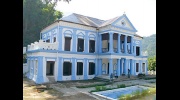
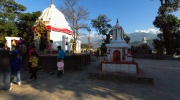
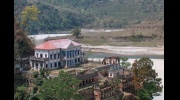
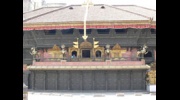
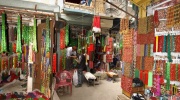
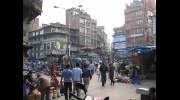
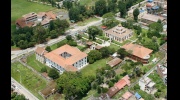
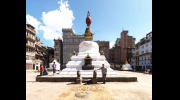
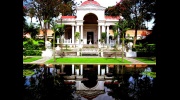
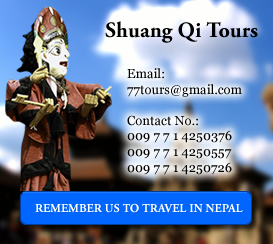
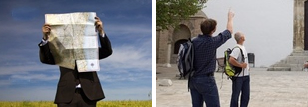






There is no comment yet for this virtual tour.
Be the first one to comment in this virtual tour »